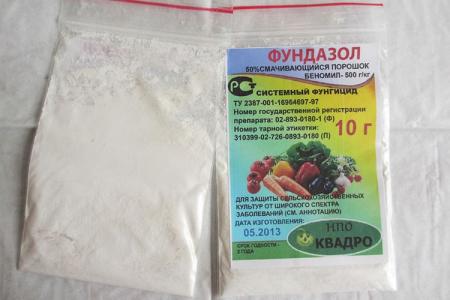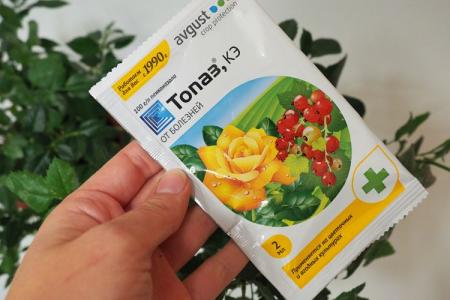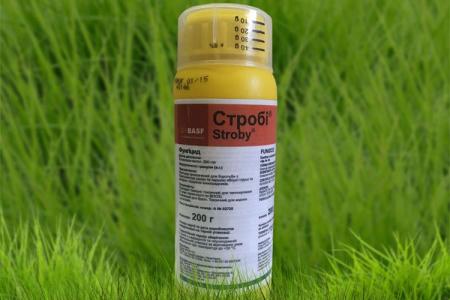
The condition of the fruits directly depends on the proper care of the beds, and protection from diseases or fungi is far from last. In recent years, seasoned summer residents are increasingly choosing the Horus fungicide for its versatility. The drug has almost no analogues due to its specific principle of action. And we have already clarified everything in more detail and prepared instructions for use!
How the fungicide works
The active ingredient of Horus is cyprodinil, which makes up 3/4 of the total volume of the drug. It is a systemic fungicide for the treatment of fruit crops and grapes. It is used for prevention, but it copes well with neglected scab.
The effectiveness of Horus remains even at temperatures of +3 and up to +25 degrees, so at the beginning of the season it has practically no equal. After two hours, the rain will not be able to wash it off the leaves, so there is no need to repeat spraying due to bad weather.

Cyprodinil perfectly inhibits the development of microorganisms resistant to other fungicides. After processing, a thin protective film is formed, which prevents the spread of the disease. It does not react with pesticides and does not induce resistance or addiction in pathogens.
Horus, in comparison with other fungicides, has a very high eradication ability. It quickly penetrates the tissues of the plant and begins to act within the first hour. If you use the fungicide in the initial stages of infection, it will cope in 2-3 days. Systemic action lasts 7-10 days.
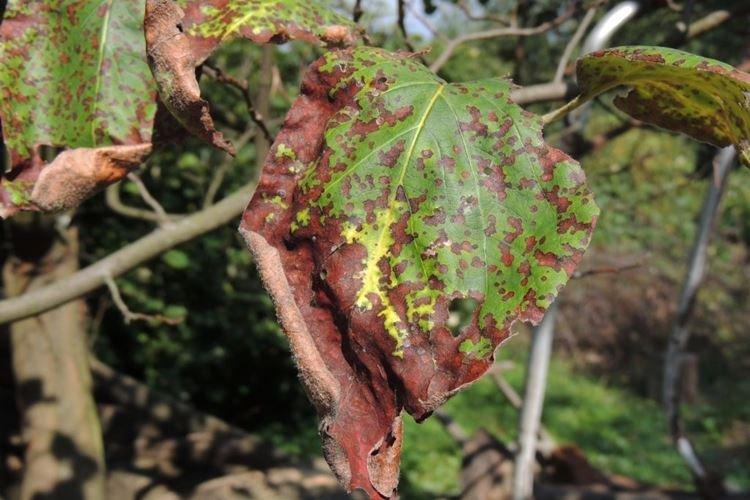
Using Horus
Horus is needed to treat a wide range of fruit tree diseases. These are putrefactive and fungal processes of apple trees, pears, cherries, peaches, apricots and other crops. Horus is used for scab, powdery mildew, fruit rot, Alternaria, moniliosis, coccomycosis and clotterosporia.
The drug disrupts the natural processes in the cells of harmful microorganisms while they only penetrate into the plant or are already developing on it. The effect of Horus on fungus after winter is unique and has no analogues with the same effectiveness.
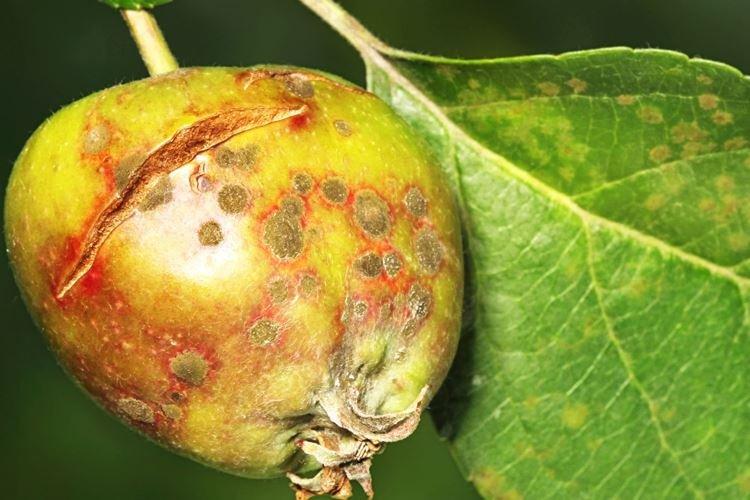
Advantages
Horus fungicide is available in the form of water-soluble granules in bags from 1 g to 1 kg. It is very economically consumed, effective at low temperatures from + 3 degrees and is non-toxic to plants. The drug is compatible with pesticides, practically does not penetrate into the ground and does not seep into groundwater.
When applied early in the season, Horus penetrates the structure of young leaves in just two hours. When applied before harvest, the fungicide's protective film prevents rot and halves crop losses due to rot. In the future, such fruits are much better and longer stored.
Most fungicides are highly toxic to the environment. Horus is not dangerous and does not threaten bees or other useful garden insects. It is harmless to the health of households, birds, pets, if dosages and protective measures are observed.
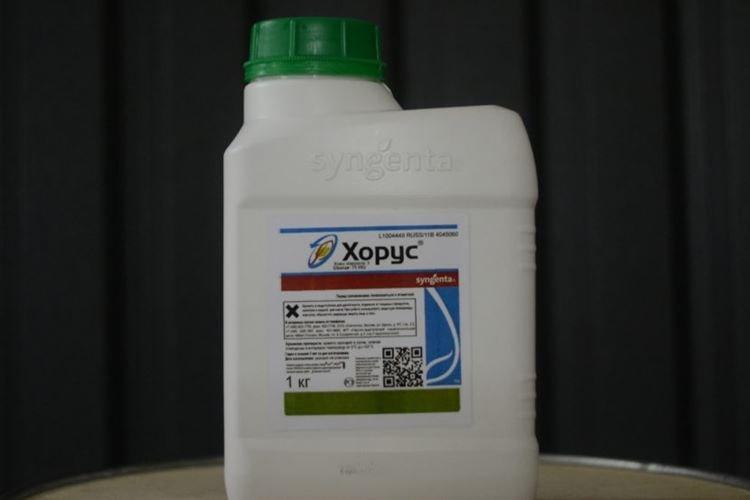
Disadvantages of a fungicide
Horus has only two significant drawbacks. It is only suitable for young leaves, so it is hardly used on mature plants, over-infested trees, or trees with thick, tough leaves. And at a high temperature of +25 degrees, the drug becomes ineffective.
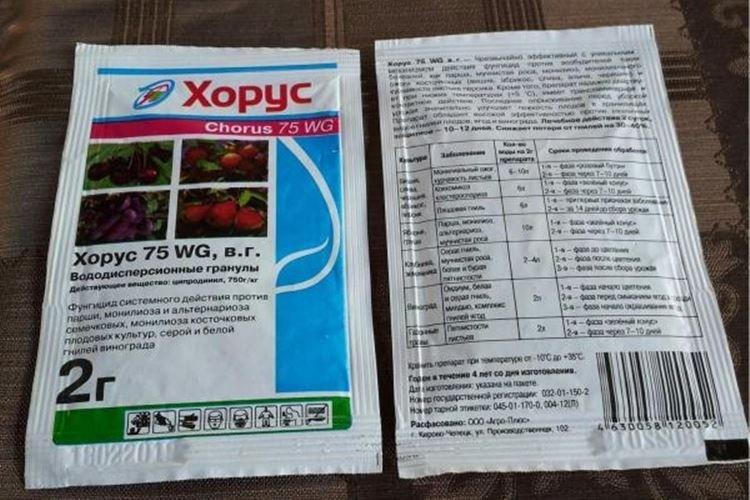
Horus dosages
The dosage and the interval between treating trees with Horus depends on the specific disease. This is always written on the packaging, so be sure to read it before using it.
For the treatment of apple trees and pears from scab, powdery mildew, Alternaria and Moniliosis, dissolve 2 g of fungicide per 10 liters of water. This is enough for about 100 squares of the garden.The first spraying is necessary at the stage of formation of "green cones", and the next - when the trees are finished blooming.
For monilial burn, dilute 2-3.5 g of fungicide. The Kostochkovs need two sprays: before flowering and after 7-10 days. For the treatment of coccomycosis, clusterosporiosis or curly leaves, take 3.5 g of Horus per 10 liters of water. Spray the trees as soon as you notice the first signs of the disease, and repeat the procedure after 7-10 days.
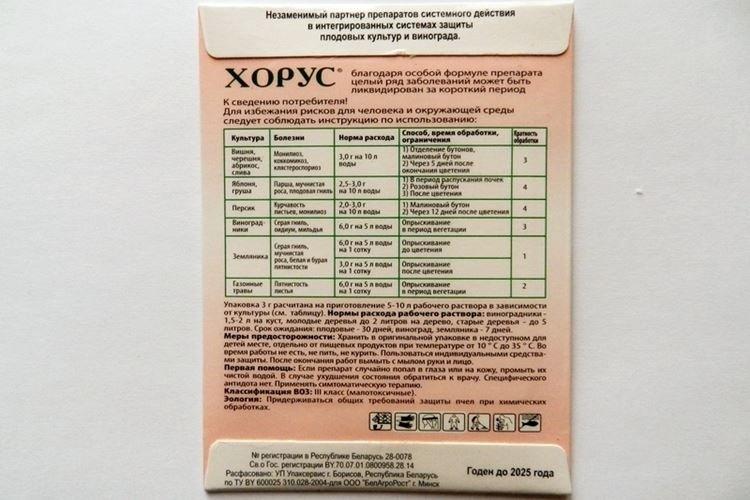
Prevention of fruit rot by Horus
For preventive purposes, fruit crops are sprayed with Horus in early spring, as soon as the temperature settles above +3 degrees. It is necessary to evenly spray all trees so that a solution with a dosage of 3.5 g per 10 liters covers the leaves with a protective film. The second preventive treatment is carried out two weeks before the harvest ripens.
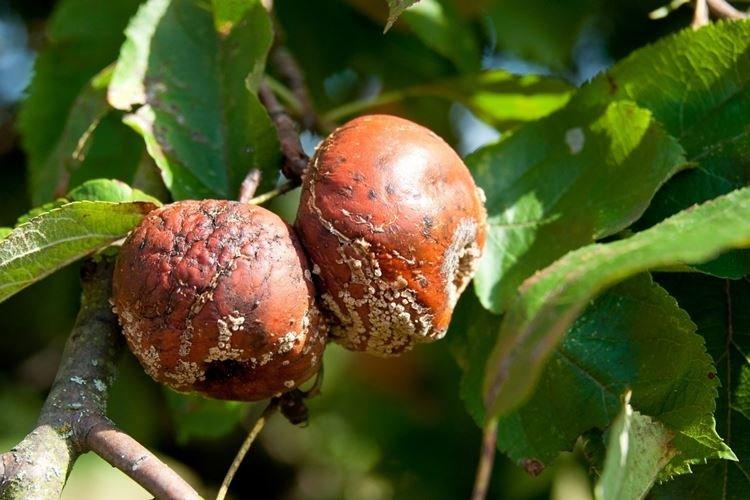
Preparation of the solution
When working with Horus fungicide, wear gloves, a mask, a respirator and protective clothing. To mix the drug, use the spray tank directly or a separate container that is not needed for watering or household needs. The solution must be prepared and used immediately, literally in two to three hours.
Fill the tank about a third with water, add the desired dose of fungicide and mix thoroughly. The substance must completely dissolve so that powder and granules do not float in the water. Then share the rest of the water and mix again. As spraying progresses, the tank must be shaken periodically so that the substance does not precipitate.


